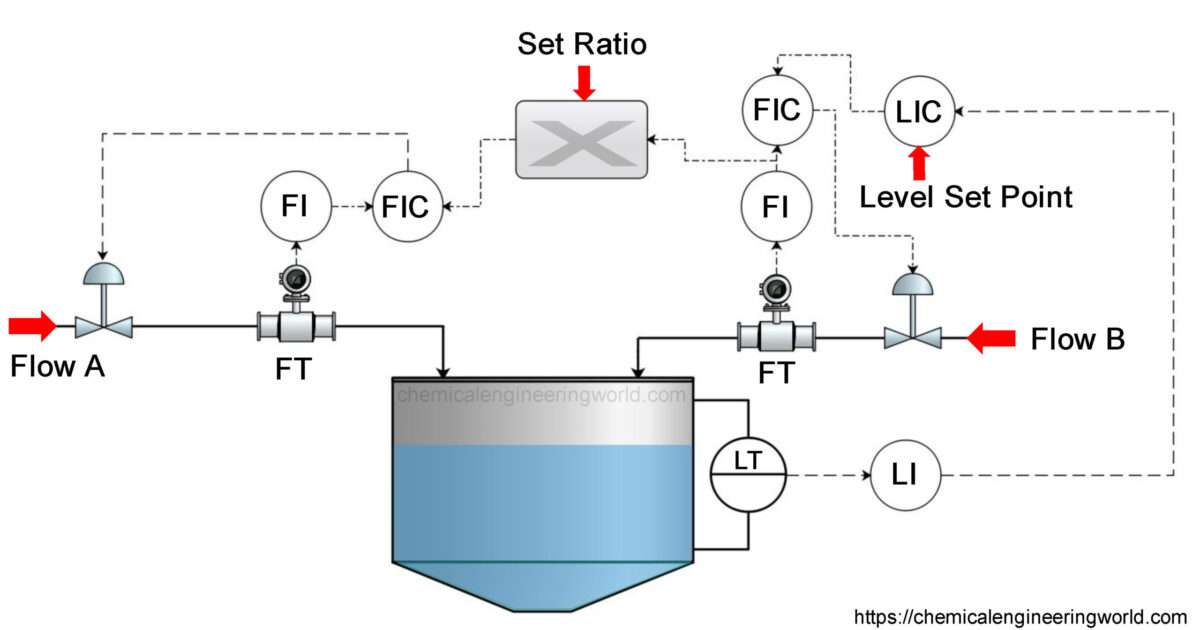Fermium Element Properties and Information

Fermium Element Properties and Information
Fermium is 100th element on the periodic table. Elements are arranged in the periodic table on the basis of the atomic number. Atomic number is the number of protons in the nucleus of the atom. Fermium has an atomic number of 100. It is located in the Group ‘Actinides’ and Period 7 of the periodic table of elements. It is named after the nuclear physicist, Enrico Fermi.
The uranium-238 in the nuclear bomb which was used for testing in Pacific Atoll, 1952 was exposed to such levels of flux of neutrons that it captured several neutrons to form elements 93 to 100. Fermium was discovered in 1953 while Gregory Choppin, Stanley Thompson, Albert Ghiorso, and Bernard Harvey were analyzing the debris obtained after the testing phase. The discovery was kept secret till 1955. The half-life of every fermium isotope is much shorter than the age of the Earth; thus, all primordial fermium which may have been present during the formation of Earth have decayed by now. But it has been speculated to have been present in natural nuclear reactor Oklo. Formation of fermium from uranium and thorium requires multiple neutron capture which is highly unlikely to occur naturally. All available fermium have been prepared synthetically.
Physical Properties
- Fermium is a synthetic actinide which finds its place in transuranic series.
- The atomic mass of fermium is (257).
- The melting point of fermium is unknown as of yet.
- The boiling point of fermium is unknown as of yet.
- The melting point of fermium is unknown as of yet.
- Fermium is the heaviest element which can be prepared by bombardment of lighter elements, in other words, fermium is the last element which can be prepared by neutron capture process in a nuclear reactor.
- Pure fermium has not been obtained yet.
Nearly 20 isotopes of fermium have been characterized so far.
Chemical Properties
Chemical Properties
- Fermium’s chemistry has only been studied in tracer amounts.
- No solid fermium compound has been prepared as of yet.
- Fermium ion forms complexes with variety of organic ligands with hard donor atoms such as oxygen. These are usually more stable than the preceding actinides.
- Fermium ion also forms anionic complexes with ligands such as nitrates or chlorides. These are more stable than those formed by ions of einsteinium and californium.
- Fermium (III) is quite easy to reduce to fermium(II).
Pure fermium has never been isolated till now, hence study of all its properties corresponds to its compounds.
Methods of Production
Irradiation: The elements with atomic number greater than 96 are prepared in High Flux Isotope Reactor (HFIR). Tens of grams of curium are irradiated to produce decigram quantities of californium, milligram quantities of berkelium and einsteinium, and picogram quantities of fermium.
Relevance in Chemical & Related Industries
Fermium has no relevant use in chemical & related industries.
Relevance in Other Industries
Research: Fermium has relevance only in the research field as of now.
Health Effects on Exposure
Fermium does not occur naturally, hence there is no reason to study its effects on human health.
Effects on Surroundings
Fermium does not occur in Earth’s crust, hence there is no reason to study its effects on environment.
References:
https://en.wikipedia.org/wiki/Fermium
































